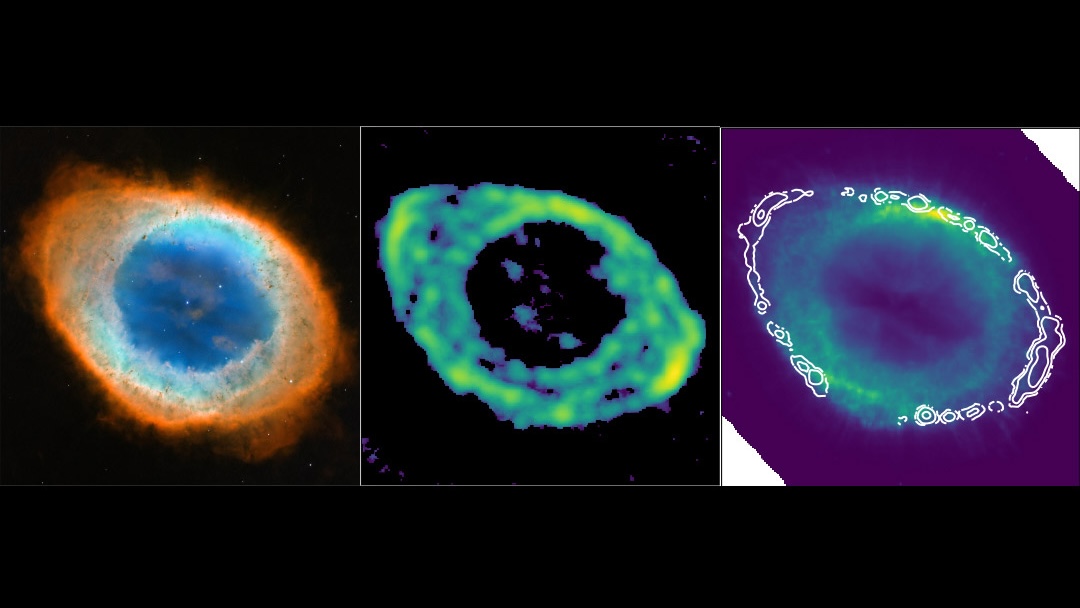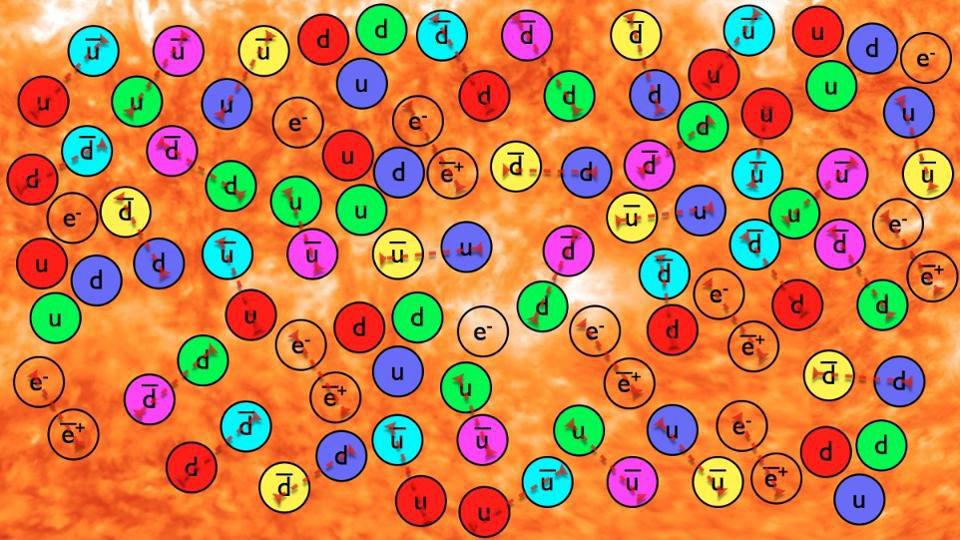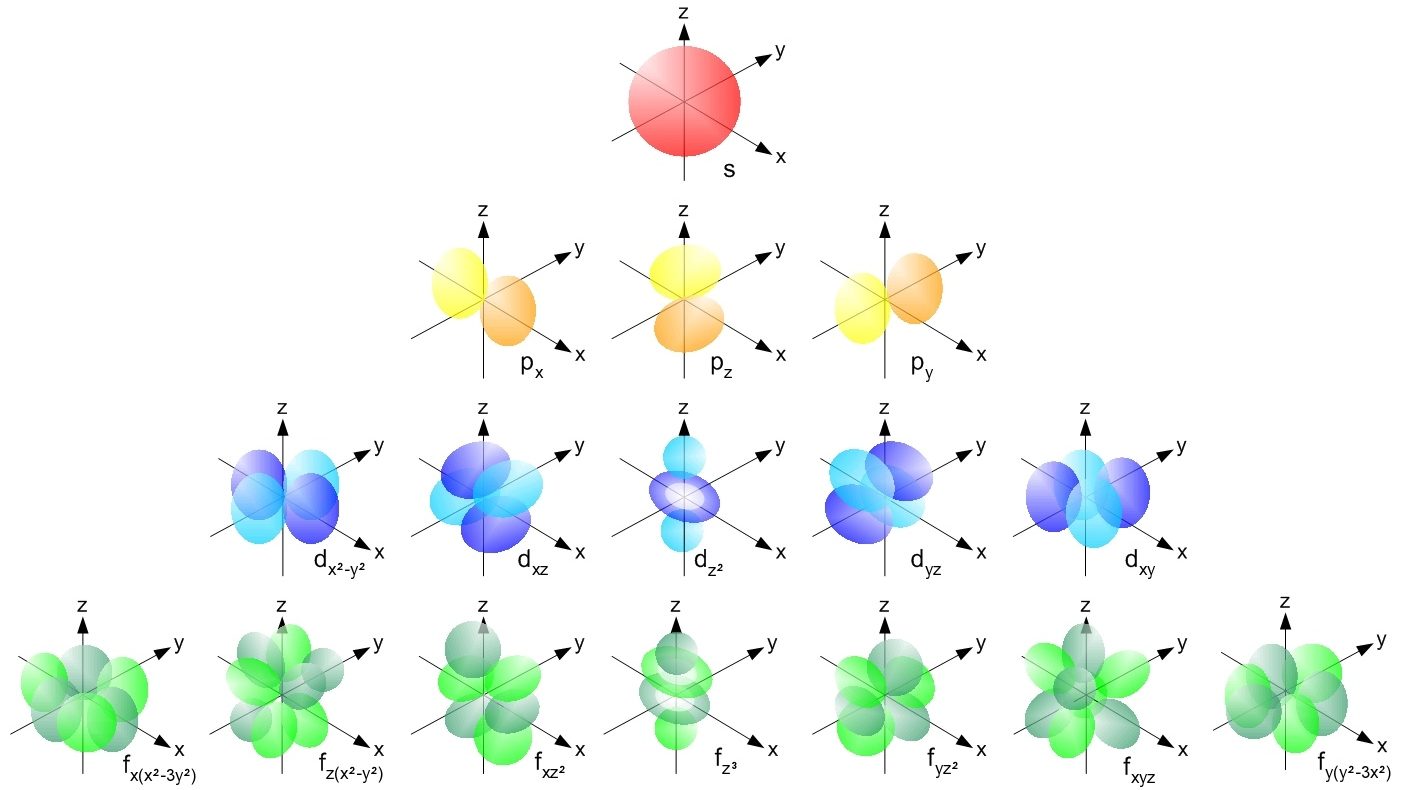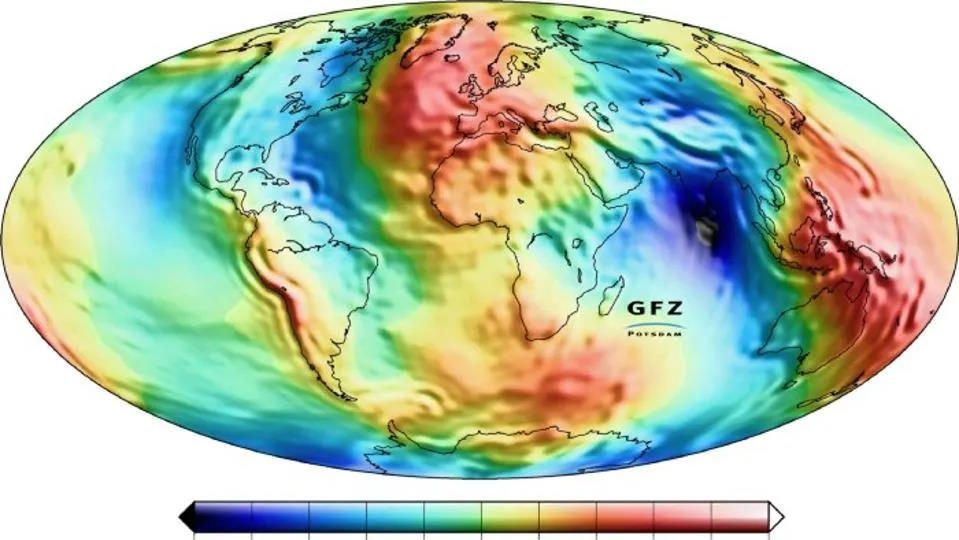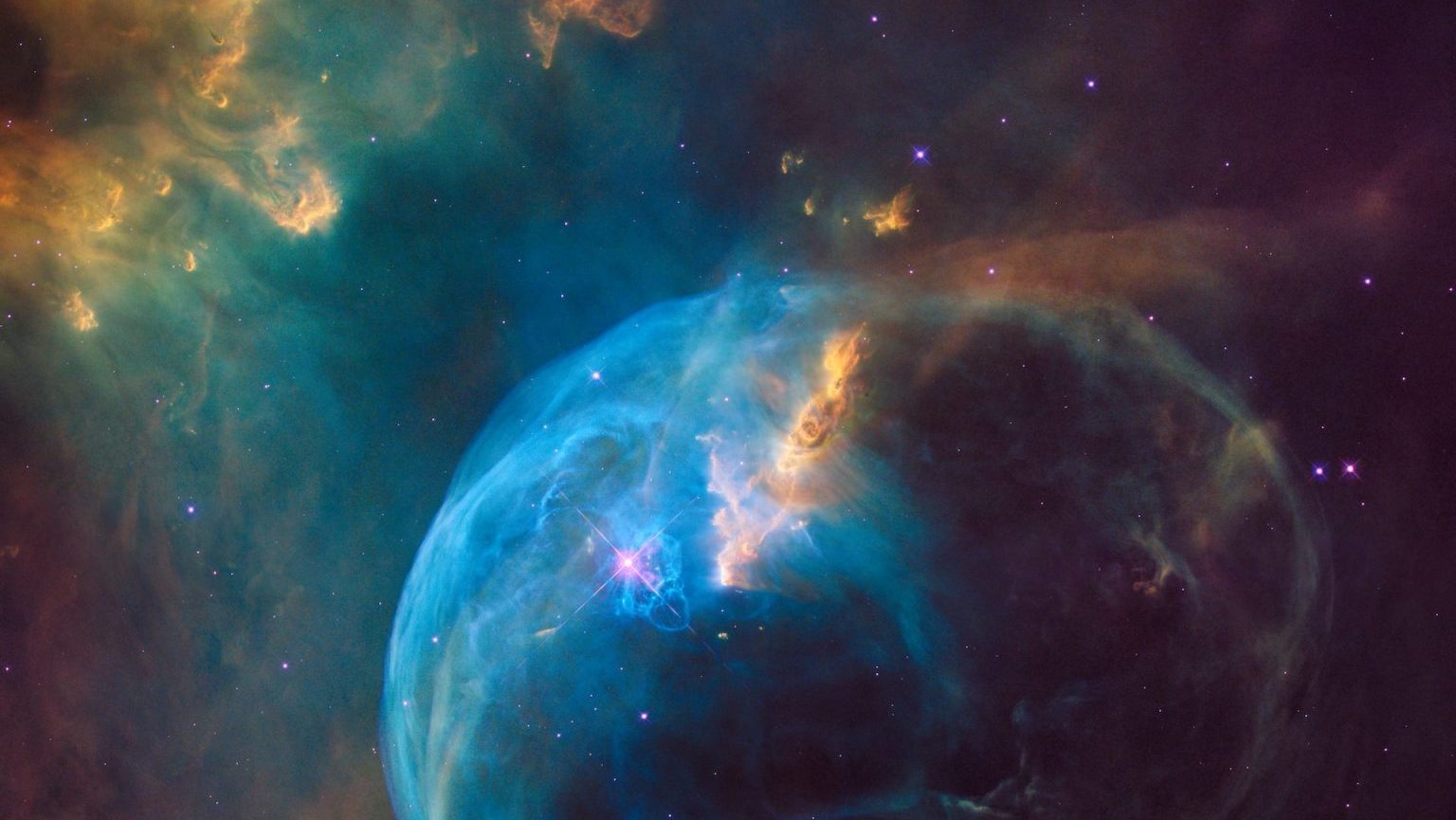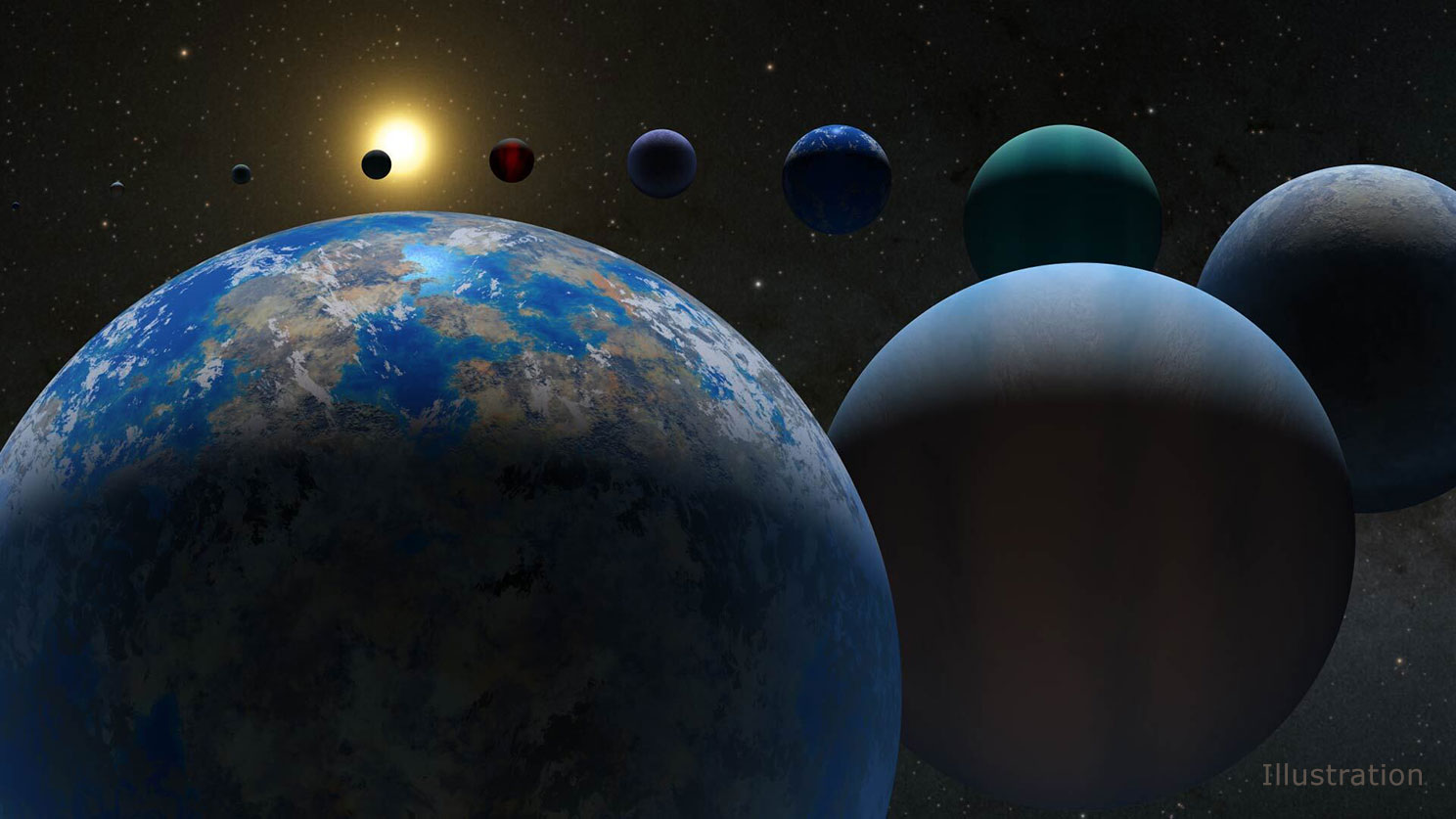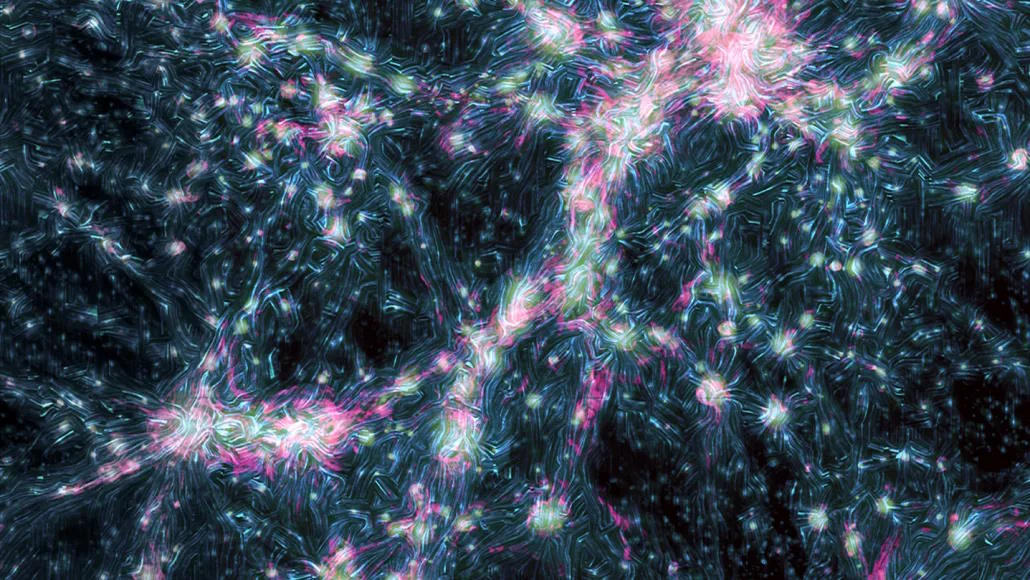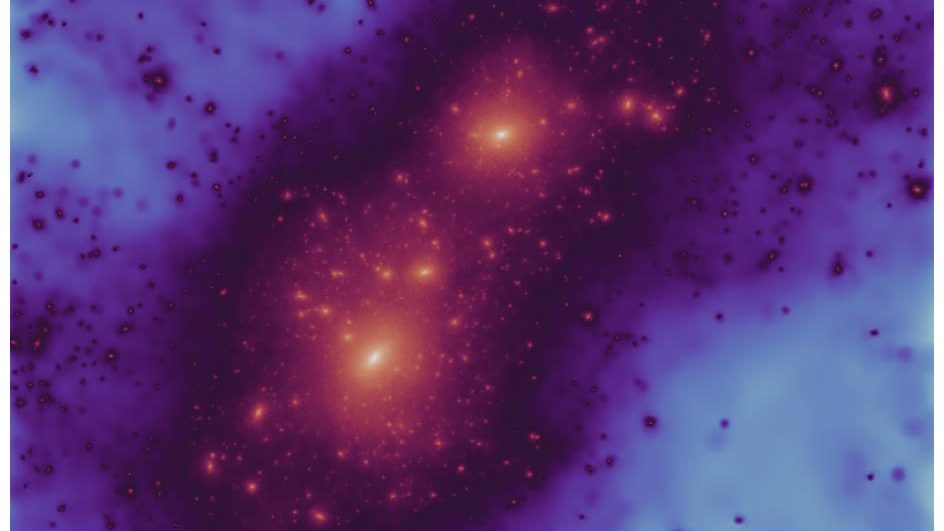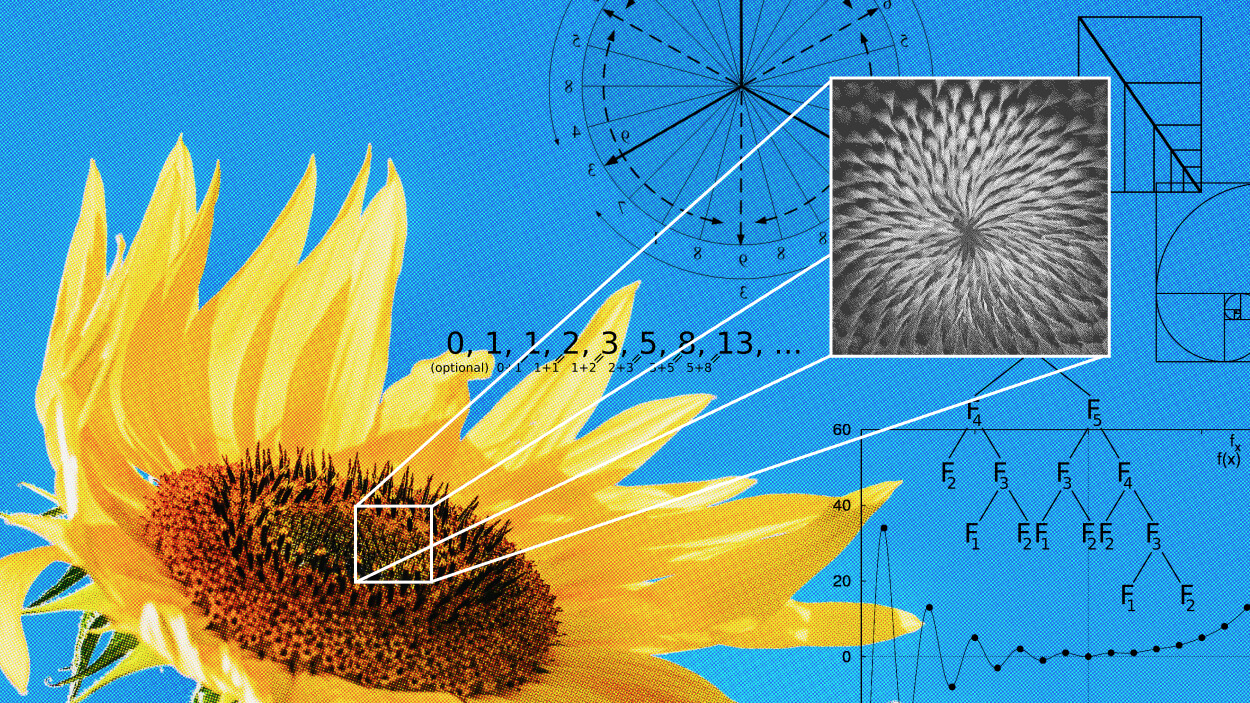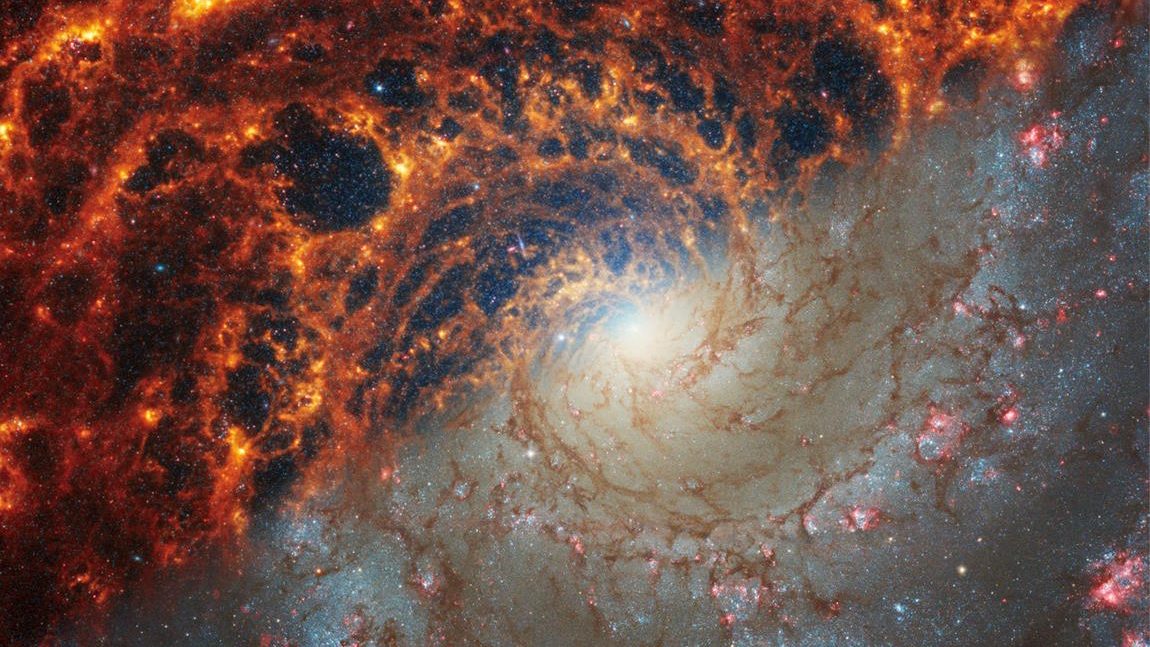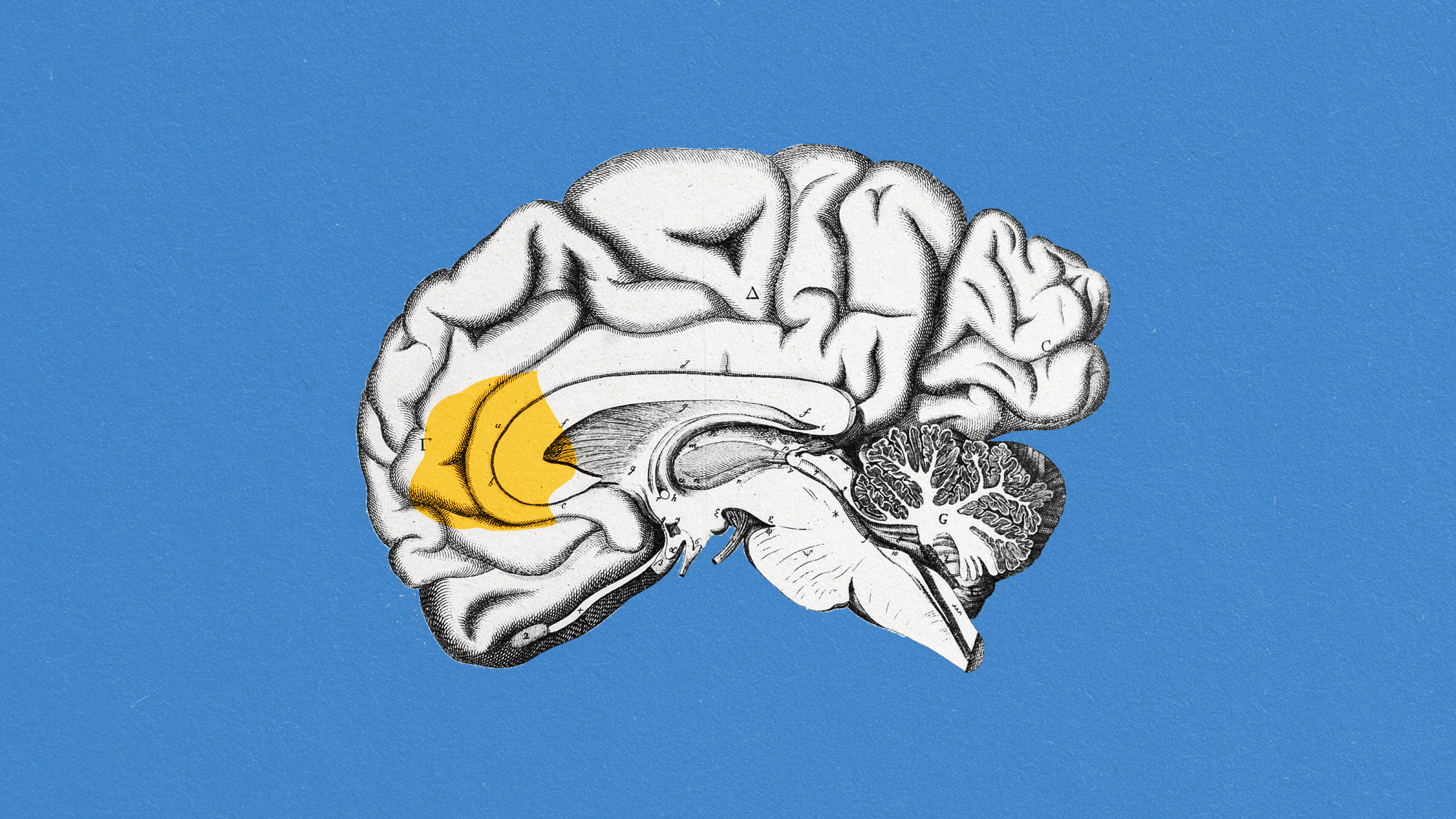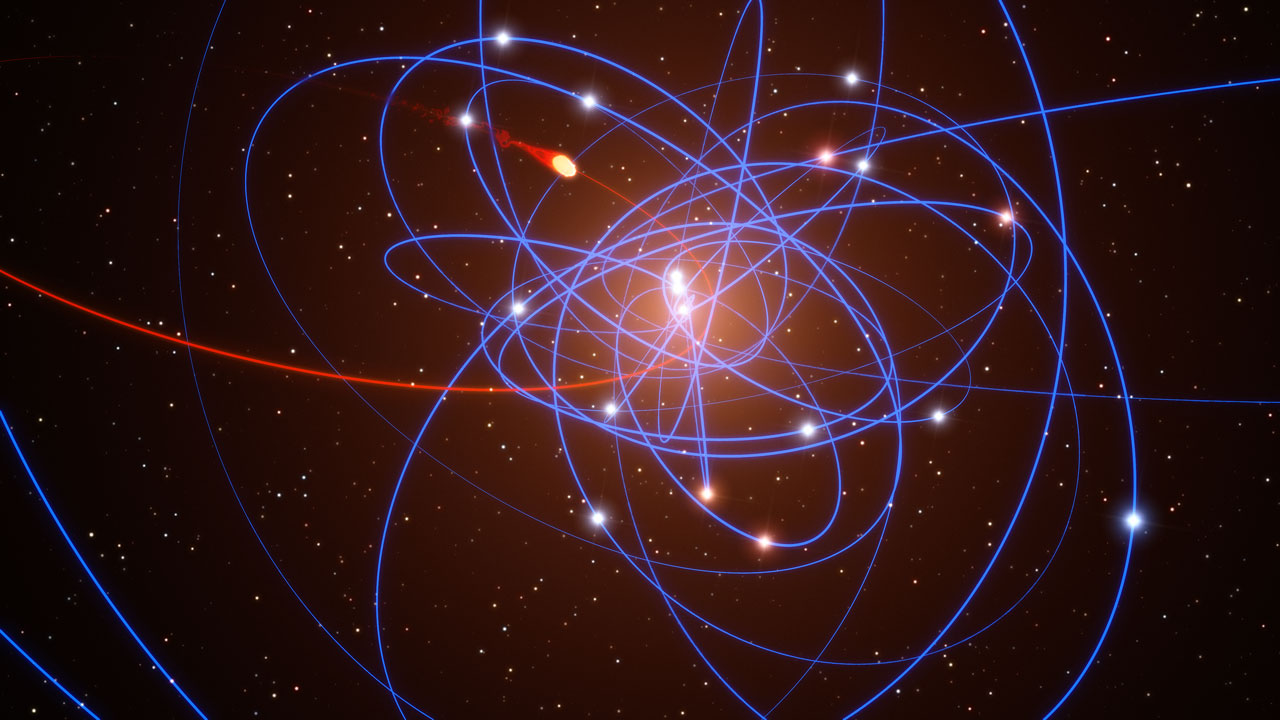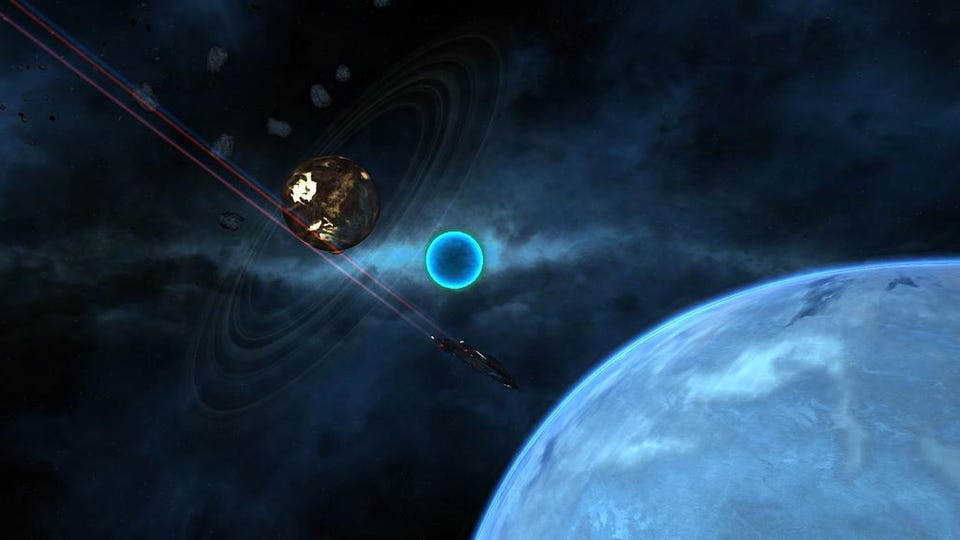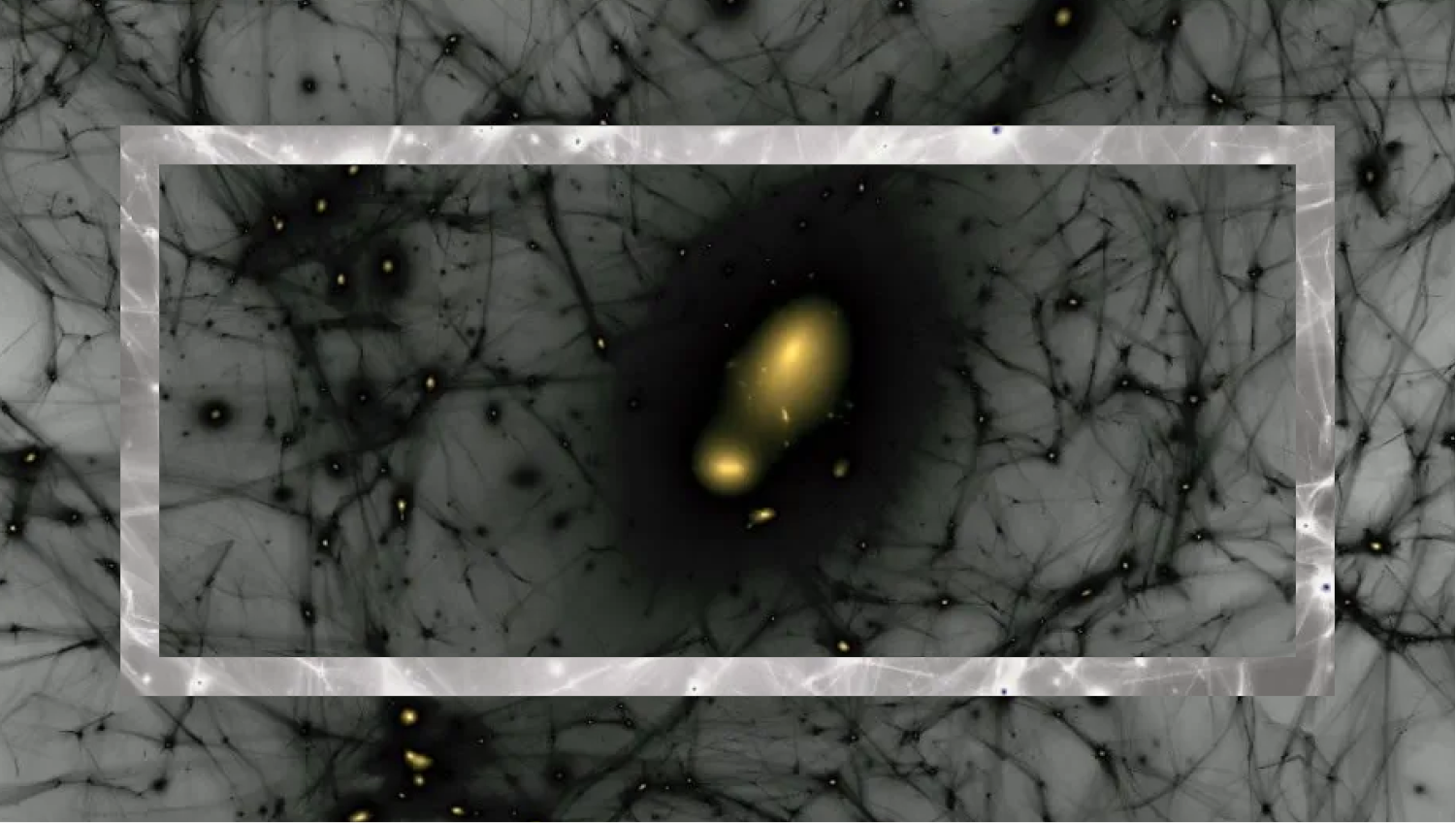The Ring Nebula, a bright, circular planetary nebula, is created by a dying Sun-like star. After centuries, we finally know its true shape.
Search Results
You searched for: Structure
By focusing on the role of human experience, we may uncover new insights on the fundamental structure of reality.
The Universe is expanding, and individual, bound structures are all receding away from one another. How, then, are galaxies still colliding?
From the tiniest subatomic scales to the grandest cosmic structures of all, everything that exists depends on two things: charge and mass.
One of the fundamental constants of nature, the fine-structure constant, determines so much about our Universe. Here’s why it matters.
On larger and larger scales, many of the same structures we see at small ones repeat themselves. Do we live in a fractal Universe?
Scalars, vectors, and tensors come up all the time in physics. They’re more than mathematical structures. They help describe the Universe.
What are dark matter and dark energy? The large-scale structure of the cosmos encodes them both, with ESA’s Euclid mission leading the way.
Time to rewrite our understanding of structural engineering.
Observations of an enormous cosmic structure, dubbed the “Big Ring,” seem to violate the Copernican principle.
Your life’s memories could, in principle, be stored in the universe’s structure.
The structure of our Solar System has been known for centuries. When we finally started finding exoplanets, they surprised everyone.
Astronomers claim to have found structures so large, they shouldn’t exist. With such biased, incomplete observations, perhaps they don’t.
We normally think of dark matter as the “glue” that holds galaxies and larger structures together. But it’s so much more than that.
Whether your hair is straight, wavy, curly, or kinky isn’t just genetic in nature. It depends on the physics of your hair’s very atoms.
A photographer captured Bern’s eclectic and charming feline structures.
In our Universe, dark matter outmasses normal matter by a 5-to-1 ratio, shaping the Universe as we know it. What if it simply weren’t there?
If you want to achieve new goals, harness your brain’s ability to change chemically, structurally, and functionally.
The artistic and the mathematical mind are not so far apart.
Magnificent time-tested buildings are filled with lessons in resilience and stability — and the benefits for investment strategy can be huge.
The COSMOS-Web survey is now complete, combining JWST and Hubble infrared data. Its spectacular views show us the Universe as never before.
Almost every large structure in the Universe displays a 5:1 dark matter-to-normal matter ratio. Here’s how some galaxies defy that rule.
The structure is fully developed in humans, partially developed in chimps, and completely absent in Old World monkeys.
When we see spiral galaxies, some are face-on, others are edge-on, but most are tipped at an angle. But which side is closest to us?
The first galaxies were irregular blobs of gas and stars. But modern features, like spiral arms and bars, appeared earlier than expected.
By looking down, scientists are looking back in time.
The tiniest galaxies of all are the most severely dominated by dark matter. Could black holes be the cause of the extra gravity instead?
Only 5% of the Universe is made of normal “stuff” like we are. Could there be dark matter or dark energy life, or even aliens, out there?
Honing your skills as a strategic thinker does more than solve problems as they appear; it can be a fast track to the top.
On the largest cosmic scales, galaxies line up along filaments, with great clusters forming at their intersection. Here’s how it took shape.
